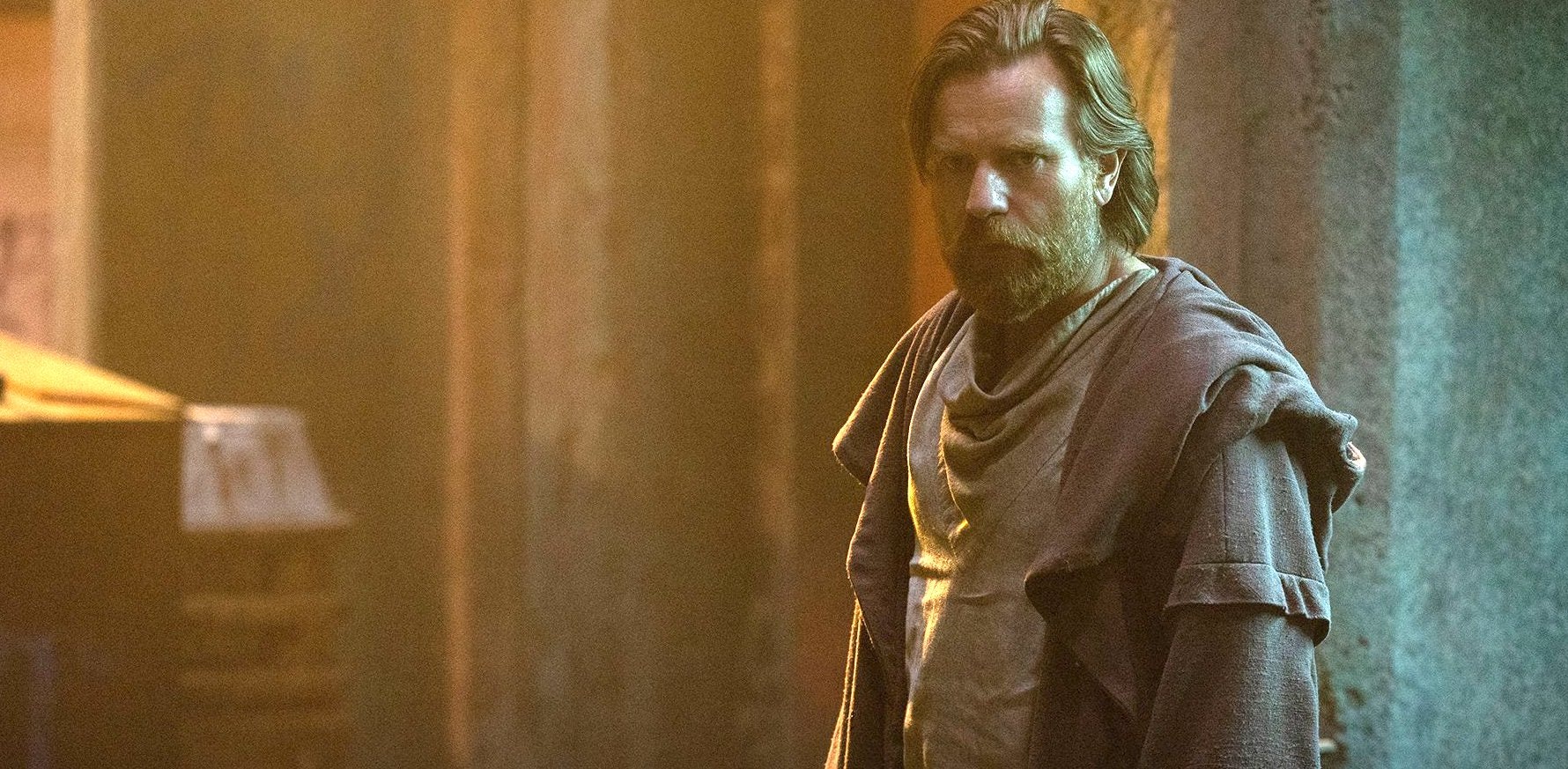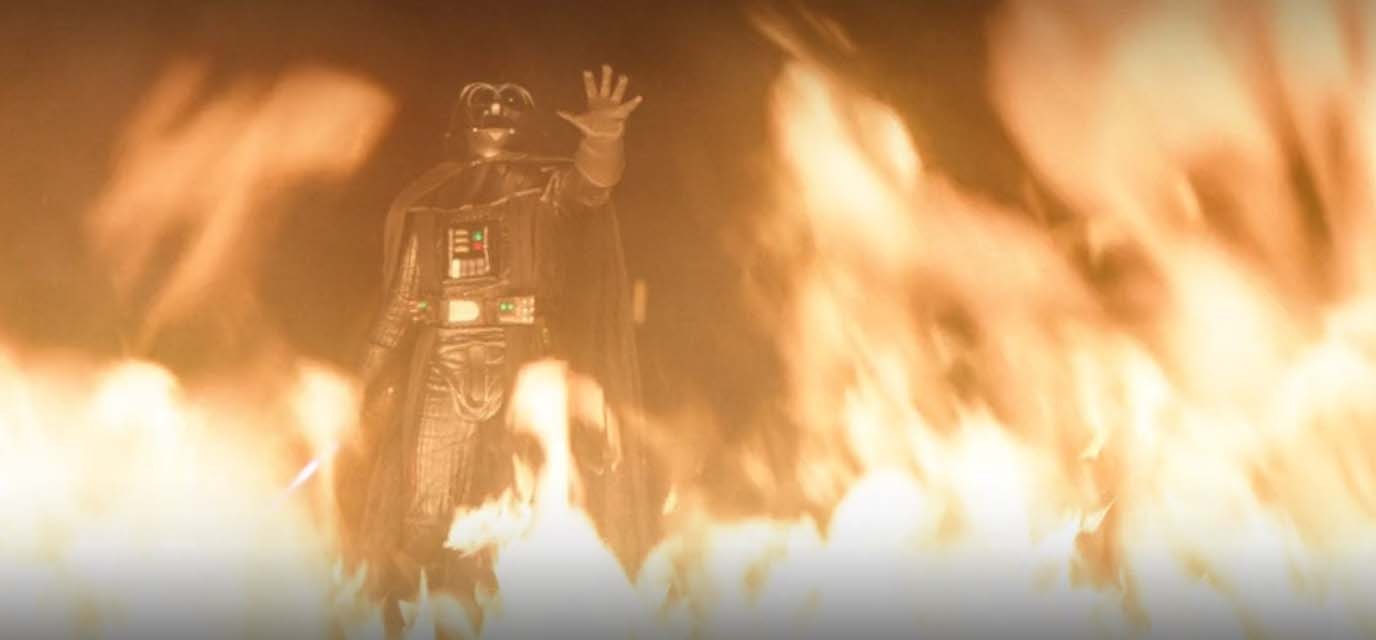
The stakes seem high in Obi-Wan Kenobi. And yet, the fates of most of the characters — from young Leia to Darth Vader and Ben himself — are pretty much set in stone. Despite the great amounts of physical danger plaguing Leia and Ben in every episode, intellectually, we know they’ll be fine because the classic Star Wars movies exist. So, why are we so invested?
The answer is that Obi-Wan Kenobi creates emotional stakes in a way Star Wars has never done before. The prequels made their best attempts at this — and arguably failed. Spoilers ahead for Obi-Wan Episode 3.
Obi-Wan Kenobi is a bummer hero’s journey

Because George Lucas mined Joseph Campbell's mythological theory of the “hero’s journey,” for the structure of the original Star Wars, it’s tempting to see how Obi-Wan Kenobi stacks up against that ancient formula. Unsurprisingly, when you glance at the “steps” of the hero’s journey, you’ll find Obi-Wan Kenobi is kind of playing the hits. Obi-Wan refuses an early call to adventure but then ends up going anyway. He’s aided in his journey by various “helper” characters, and now, with Episode 3, the trope of a “confrontation with the father,” is flipped because Obi-Wan is essentially confronted by his surrogate son. All the while, Obi-Wan is trying to gain access to the spirit world by trying to commune with the ghost of his old master Qui-Gon Jinn.
Essentially, it’s all classic myth-making stuff that reminds us of the beats of A New Hope (rescuing Princess Leia from Darth Vader!), But it also has roots in the mythological stories that George Lucas emulated to make Star Wars so appealing on a psychological level.
And yet, there’s a subversive wrinkle in all of this. Although the steps of the journey are familiar, the emotional tenor of the story is deeply sad. Obi-Wan isn’t becoming more of a classical hero emotionally. As he gains more information, he’s getting more depressed and more traumatized than he was before. Even if you’d never seen the Star Wars prequels, this fact would be readily apparent, which is one of the reasons why the show is so affecting: The action-adventure stakes aren’t really the stakes. All we’re really worried about is the emotions.
Obi-Wan’s triumph over Revenge of the Sith

Connecting the dots between various installments of Star Wars is, for whatever reason, very fun. The existence of The Bad Batch helps connect The Clone Wars to a period before the Rebellion. The Book of Boba Fett connects to both The Mandalorian era but also gives a glimpse of the immediate post-Return of the Jedi era, too. Rogue One takes place three seconds before A New Hope. You get it. Filling the gaps, even when there didn’t seem to be gaps, is part of what makes Star Wars such an enduring franchise.
But Obi-Wan is doing something new. Instead of just making the logistics of one era match up with another era, it’s making the emotional context of the classic trilogy explicable. In the classic films, we tend to think of Anakin Skywalker/Darth Vader’s before and after. We’re even invited to think of them as separate characters.
“That name no longer has any meaning to me!” Vader bellows in Return of the Jedi. The prequels showed us Anakin before Vader. The original films showed us Vader after Anakin.
“It’s the most painful, scariest lightsaber fight in all of Star Wars history.”
In all of that, the point-of-view characters were mostly Luke and Leia, two people who had no idea this evil person was their father until fairly late in the game. For the first time, Obi-Wan Kenobi forces us to think of Anakin and Darth Vader as one person, and that’s because we’re actually seeing it from Ben’s perspective. In Return of the Jedi, when Obi-Wan says, “he’s more machine now than man, twisted and evil,” it almost scans as glib because the audience is rooting for Luke to ignore Obi-Wan’s advice.
But in Obi-Wan Kenobi, we experience Ben’s emotional horror. To Ben, Vader is not some new version of Anakin; it’s still Anakin. Rebels pulled this off when Ahsoka realized Vader was Anakin, too, but the moments of terror Ben has in Episode 3 of Obi-Wan are way more traumatic. Yes, we saw Obi-Wan leave Anakin for dead in Revenge of the Sith. We saw the inception of that trauma, and it was bad. However, seeing Obi-Wan live with that horror and be confronted by it is huge.
It’s a small decision, but the idea that Ben didn’t know Anakin was alive until Episode 2 is so brilliant. That’s how the emotional stakes became real. And in Episode 3, when he has to fight Vader, it’s the most painful, scariest lightsaber fight in all of Star Wars history. And again, the outcome is irrelevant.
The circle is now complete

The prequels — for all their merits — always felt slightly unfinished. The logistical beats match up with the classic films, more or less. But the emotional context was shifted away from Obi-Wan and Yoda and toward the Skywalker twins. Before now, the audience just assumed Obi-Wan heard through the grapevine that Vader was Anakin, and that things were really bad. Everyone also assumed Obi-Wan just stayed on Tatooine for 19 years and never left. This gave the impression that Ben was depressed but remained essentially safe.
Obi-Wan Kenobi has flipped all of that upside down, while still remaining true to the logistics of the story told by the first two Star Wars trilogies. Darth Vader has never been scarier than in this series, and that’s probably because we’re actually seeing him in the scariest way possible. Watching Anakin become Vader is one thing. Watching Anakin live as Vader is something else entirely.
Obi-Wan Kenobi is streaming now on Disney+.
Inverse may receive a portion of sales if you subscribe to Disney+ through the link.







